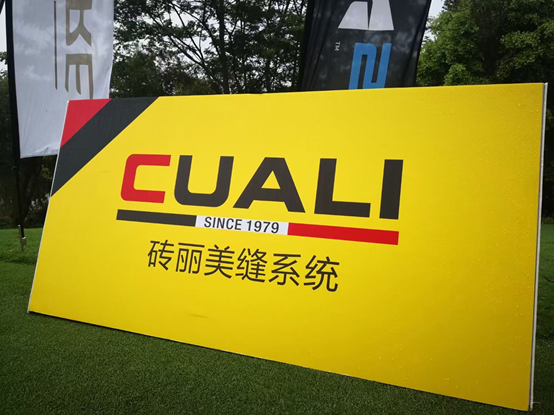
The difference between ordinary epoxy tile grout and polyurea tile grout
In home decoration, epoxy tile grout is an important material for tile gap treatment, and its selection is directly related to the beauty and durability of the home. Among the many types of tile grouts, ordinary epoxy tile grout and polyurea tile grout have attracted much attention due to their respective characteristics. This article will discuss in detail the differences between these two tile grouts in terms of material composition, product cost, environmental protection, yellowing resistance and construction difficulty.

1. Different material composition
Ordinary epoxy tile grout: mainly composed of epoxy resin, divided into water-based and oil-based. As a mature research and development technology, epoxy resin has the characteristics of diverse colors and rich choices. However, ordinary epoxy tile grouts may contain phenolic and amine compounds, which to a certain extent affect their environmental performance.
Polyurea tile grout: uses polyaspartic acid ester polyurea as the core raw material, which is a new high-tech material. Polyurea tile grout is still in the stage of continuous research and development. At present, most of the products on the market are semi-polyurea or pure polyurea products, and no water-based products have been launched. Polyurea materials are widely used in large-scale projects such as aerospace and military industry due to their excellent weather resistance and aging resistance.

2. Different product costs
Ordinary epoxy tile grouts: The market price varies greatly, mainly affected by factors such as brand and raw material quality. Well-known brands mostly use imported epoxy resins and curing agents, which are more expensive; while inferior epoxy tile grouts produced by small workshops may reduce costs by adding cheap ingredients.

Polyurea tile grouts: Due to the high material cost itself, the market price of polyurea tile grouts is also relatively high. Pure polyurea tile grouts are even more expensive due to their high performance and environmental protection. However, semi-polyurea products are relatively low in cost and are suitable for consumers with limited budgets but pursuing a certain quality.
3. Different environmental protection levels
Ordinary epoxy tile grouts: Environmental protection performance varies from product to product. High-quality products use environmentally friendly materials such as alicyclic amines to reduce the emission of harmful substances; while inferior products may contain toxic ingredients such as phenols and amines, which pose a threat to the environment and human health.
Polyurea tile grout: Pure polyurea tile grout is known for its environmentally friendly characteristics such as zero formaldehyde, no nonylphenol, and ultra-low VOC, and is considered to be a very environmentally friendly caulking material. Although semi-polyurea products are also environmentally friendly, their environmental performance may be reduced by adding additives or catalysts.
4. Different yellowing resistance
Ordinary epoxy tile grout: Because it is an epoxy material, it is not UV-resistant and is easily oxidized and yellowed when exposed to sunlight or UV for a long time. Especially for inferior products, its yellowing resistance is worse.
Polyurea epoxy tile grout: Because the material itself has the characteristics of anti-oxidation and anti-ultraviolet, it has strong yellowing resistance. Pure polyurea tile grout can even be yellow-free for 20 years, and it is universal for indoor and outdoor use. It is very suitable for caulking needs in direct sunlight areas such as balconies and swimming pools.
5. Different construction difficulty
Ordinary epoxy tile grout: The construction difficulty is relatively low, and the material curing time is long, leaving the constructor with more ample operation time. As long as the owner is familiar with the construction process, he can also complete the caulking work by himself.
Polyurea tile grout: The construction difficulty is relatively high. Due to its strong viscosity and fast curing, it requires two people to complete the construction, and the technical requirements for the master are high. However, the advantage of polyurea tile grout is that it can be constructed in a humid environment without discoloration and has high construction efficiency.

Summary
In summary, there are significant differences between ordinary epoxy tile grouts and polyurea tile grouts in terms of material composition, product cost, environmental protection, yellowing resistance and construction difficulty. Ordinary epoxy tile grouts are favored by a certain market for their lower cost and diverse color options; while polyurea tile grouts are the first choice for high-quality decoration with their excellent weather resistance, yellowing resistance, environmental protection and high performance. When choosing epoxy tile grouts, consumers should make comprehensive considerations based on their own needs and budget to select the caulking materials that best suit their home decoration.
Summary:
Time:
2024-07-25
More News

